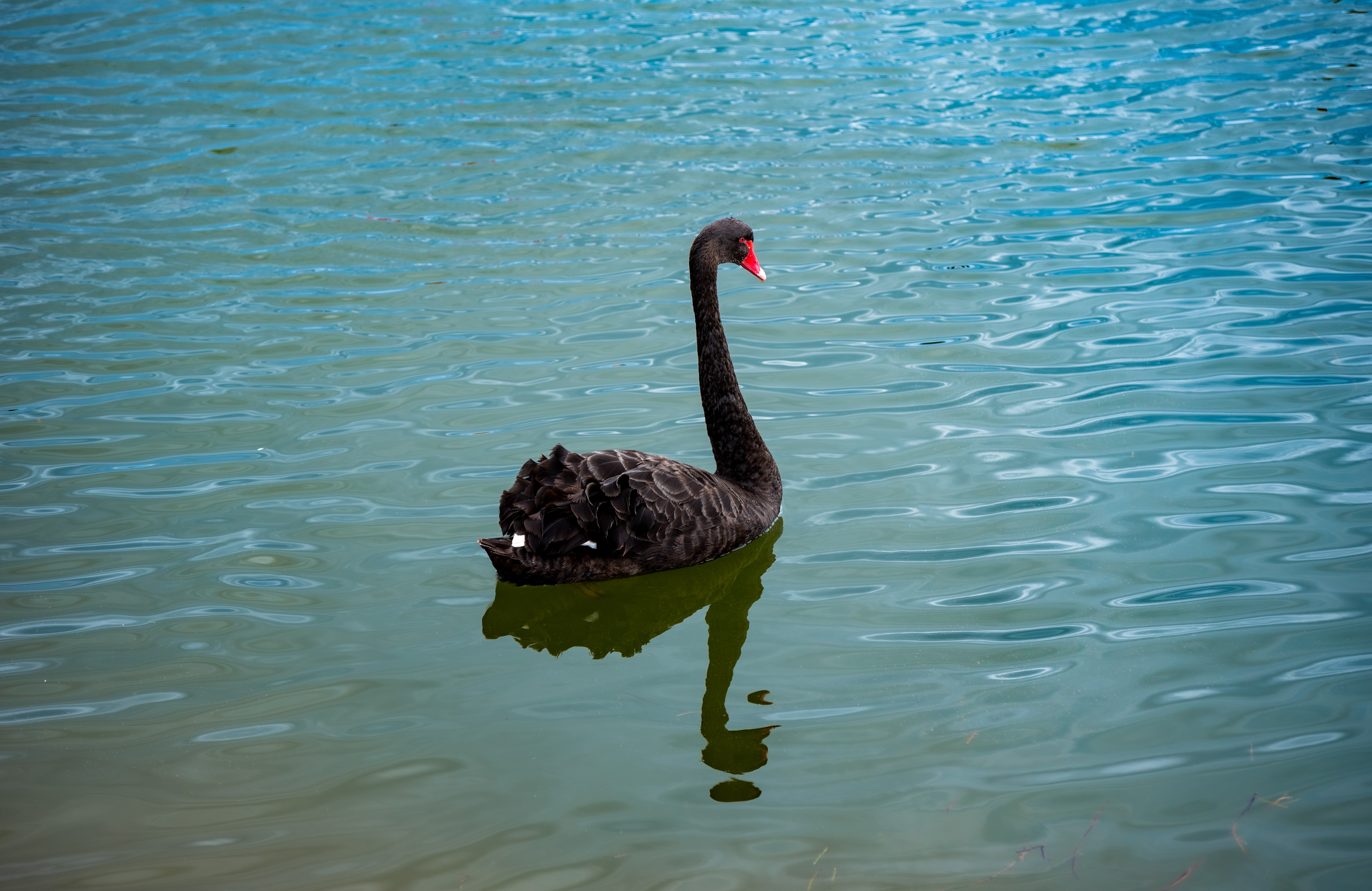‘One Red Blood’: Multi-species Belonging in Alexis Wright’s The Swan Book
Keywords:
Alexis Wright, animals, disability, multi-species belonging, climate changeAbstract
Non-human animals feature prominently in Alexis Wright's novel, The Swan Book. In addition to the avian creatures of the novel's title, The Swan Book includes representations of fish, owls, mynas, brolgas, rats, cats, dogs, and snakes. Building on previous scholarship into the novel's focus on non-human species, this article explores the centrality of multi-species being and interconnectedness within an Indigenous cosmological framework. The Swan Book demonstrates the pivotal role of non-human animals in communicating the ancestral stories and historical knowledge of Aboriginal nations. As a result, an Indigenous worldview centred on the notion of Country is presented as a potential solution to current environmental challenges in our world. The article also draws attention to the muteness of Oblivia, the central character of Wright's novel. Employing concepts from disability studies and critical animal studies, the article finds that Oblivia's muteness demonstrates the interlocking discourses of racism, ableism, and anthropocentrism at work in Western colonialism. As a result, the character's muteness indicates how the category of ‘animal’ has been discursively employed to justify the dual exclusion of Indigenous and disabled people from the category of the human. Oblivia’s embrace of the black swans and her subsequent refusal to communicate in ways that are normatively acceptable to hearing people is an important reminder for readers to orient themselves ethically to others whose embodiments, minds, and ways of life may be (radically) different from their own.Downloads
Published
2022-07-09
Issue
Section
Articles
License
The copyright for articles in this journal is retained by the author(s), with first publication rights granted to the journal. By virtue of their appearance in this open access journal, articles are free to use with proper attribution in educational and other non-commercial sectors.Attribution-NonCommercial-ShareAlike 2.1 Australia
This work is licensed under the Creative Commons Attribution-NonCommercial-ShareAlike 2.1 Australia License. To view a copy of this license, visit http://creativecommons.org/licenses/by-nc-sa/2.1/au/ or send a letter to Creative Commons, 543 Howard Street, 5th Floor, San Francisco, California, 94105, USA.
How to Cite
‘One Red Blood’: Multi-species Belonging in Alexis Wright’s The Swan Book. (2022). Journal of the Association for the Study of Australian Literature, 22(1). https://openjournals.test.library.sydney.edu.au/JASAL/article/view/16301

